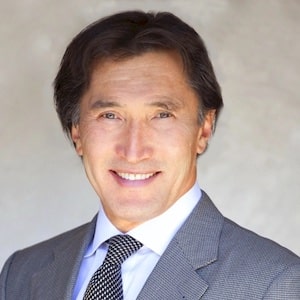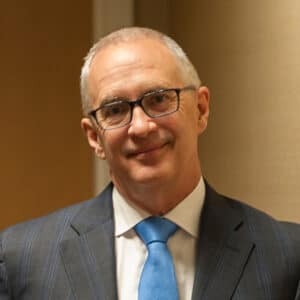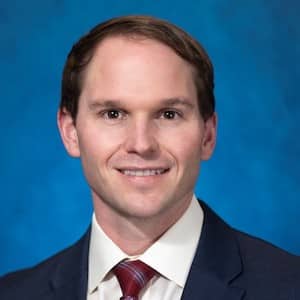Radio Frequency Skin Tightening (FaceTite)
Patients choose radio frequency assisted treatments to tighten facial skin for these reasons:
No knives
No scars
Can be back to work the next day
No downtime
No cutting of skin
Performed by a Board Certified Plastic Surgeon, not a technician.
Face tightening helps facial skin:
Lift (defy gravity!)
Firm
Tighten
Stimulate collagen and elastin production
Radio frequency treatments are:
FDA-approved
Supported by clinical studies
Have a high patient satisfaction rate
REFRESH WITH FACETITE
7 Benefits of Facial Skin Tightening with FaceTite
FaceTite is a non-invasive treatment for patients seeking to tighten sagging facial skin. The results are comparable to a surgical facelift, but without the downtime and risks associated with surgery. FaceTite is a patient favorite because it:
Delivers predictable facial contouring
Melts subcutaneous fat
Offers unprecedented tightening results
Requires small pinprick incisions
Requires minimal downtime
Has system safeguards to ensure that the temperature is ideal for each patient’s comfort
Is a minimally invasive alternative to a conventional surgical facelift
The Science behind RFAL Face Tightening
Radio Frequency Assisted Lipolysis (RFAL) is a non-surgical approach to skin tightening and the technology at the heart of FaceTite. The treatment is also referred to as lipo-tightening as it tightens overlying skin as the fat is extracted.
Here’s what happens: a cannula is inserted beneath the skin and an electrode is placed on the surface of the skin. The radio frequency waves flow from the tip of the cannula to the electrode, creating a contained thermal field. The waves dissolve the fat and tighten skin. A small liposuction cannula is used to remove the liquefied adipose (fat) tissue.
An RFAL treatment simulates collagen production and causes the skin to tighten. This makes the facial skin appear more toned, fresh and youthful. In addition, the unique geometric design of the FaceTite hand piece enables Dr. Klink to control precisely how much heat is generated on the skin’s surface to prevent burns.
Up until now, laser skin tightening has been the only other option. However, this technology cannot remove fat from under the skin, which limits the tightening and 3D remodeling effect. RFAL is currently as close as you can get to a facelift without undergoing surgery.
Other Options for Face Tightening
Patients today enjoy a wide range of options when it comes to addressing lax facial skin. In the non-surgical realm, patients can find help with:
- Cosmetic injectables – dermal fillers, anti-wrinkle injections
- Fat transfer injections
- Intense Pulsed Light treatments
- Ultrasound treatments
- Laser treatments
- Deoxycholic acid (for double chins)
The drawback with these treatments is the duration of the benefits, which can be much shorter than those achieved with RFAL face tightening. There is also a broad range of surgical procedures to help rejuvenate the face:
- Facelift
- Eyelid lift
- Neck lift
- Brow lift
Surgery comes with an increased cost over the non-surgical alternatives such as RFAL. Surgery typically has a longer recovery period, and there can be soreness.
Learn More About Facetite
Are You A Good Candidate for RFAL Face Tightening?
Anyone with loose skin and some excess fat who has considered a facelift may be a good candidate for RFAL face tightening. If someone is generally healthy, there are few medical reasons that would exclude them from being a good candidate. However, it is not recommended for:
- Pregnant and breast-feeding women
- People with an active skin disease
- Anyone with an autoimmune disease that can affect healing (i.e., lupus or diabetes)
- Anyone with unrealistic expectations regarding the physical and emotional benefits of RFAL
How to Prepare for a Face Tightening Consultation
Your preliminary consultation with Dr. Klink or Dr. McClure at Napa Solano Plastic Surgery is an essential part of ensuring great facial rejuvenation with radio frequency assisted lipolysis. You can contribute to the success of your visit by coming prepared to discuss details regarding:
- Medical conditions (past and present)
- Drug allergies
- Previous surgeries
- Current medications (prescription, OTC, herbal)
- Use of alcohol, tobacco and recreational drugs
- Your chief motivation for seeking face tightening
- The outcome you expect from the treatment
Following your oral history, your preliminary consultation will also include:
- A physical examination to evaluate the elasticity of your skin
- A discussion of your options and Dr. Klink’s recommended course of treatment
- A review of likely outcomes, including risks or potential complications
- A discussion of healing, recovery and benefits
How to Prepare for a Face Tightening Treatment
A change to your face, even a desirable one, can be a little anxiety inducing. We encourage you to arrive early on appointment day, fill out your paperwork, and then sit back, relax, and let us take good care of you.
What to Expect During & After a Face Tightening Treatment
The doctor first makes a small incision in your skin in the treatment area and inserts a thin probe under the skin. Next, an anesthetic fluid is introduced into the superficial skin tissue with a tube known as a cannula. Patients describe the sensation as “feeling pressure” rather than “painful.” When the hand piece is moved across the treatment area, the internal probe and electrode liquefy fat (adipose) tissue as well as superficial tissue beneath the skin, which is then extracted by a second small cannula.
The time taken for a procedure will depend upon the size of the treatment area but will generally last from 30-90 minutes. FaceTite is also a one-time procedure. According to the manufacturer, only about 2% of patients request a second treatment. Dr. Klink tells patients results will continue to improve for up to a year, and he will not perform a second treatment for at least that amount of time.
Ask a Question About a Procedure
Make an Appointment
Call us or fill out the contact form to set up your consultation.





